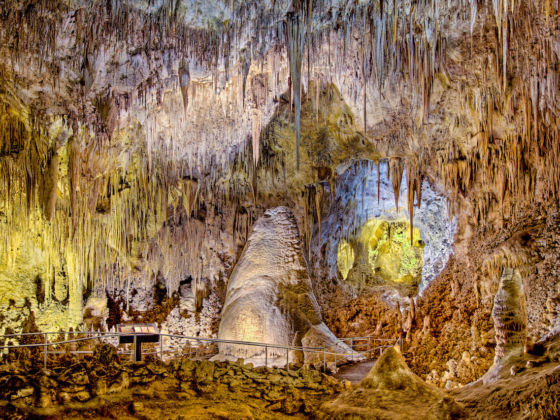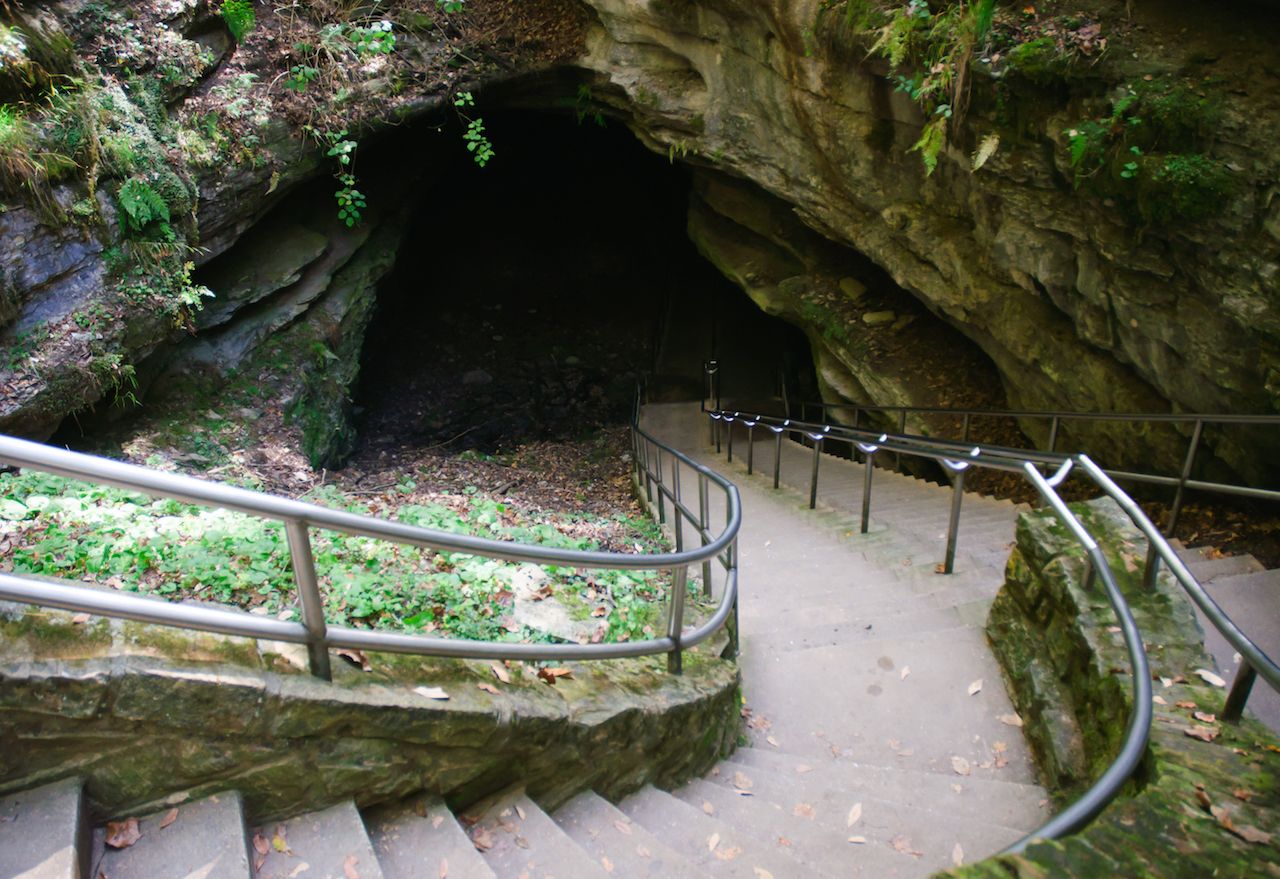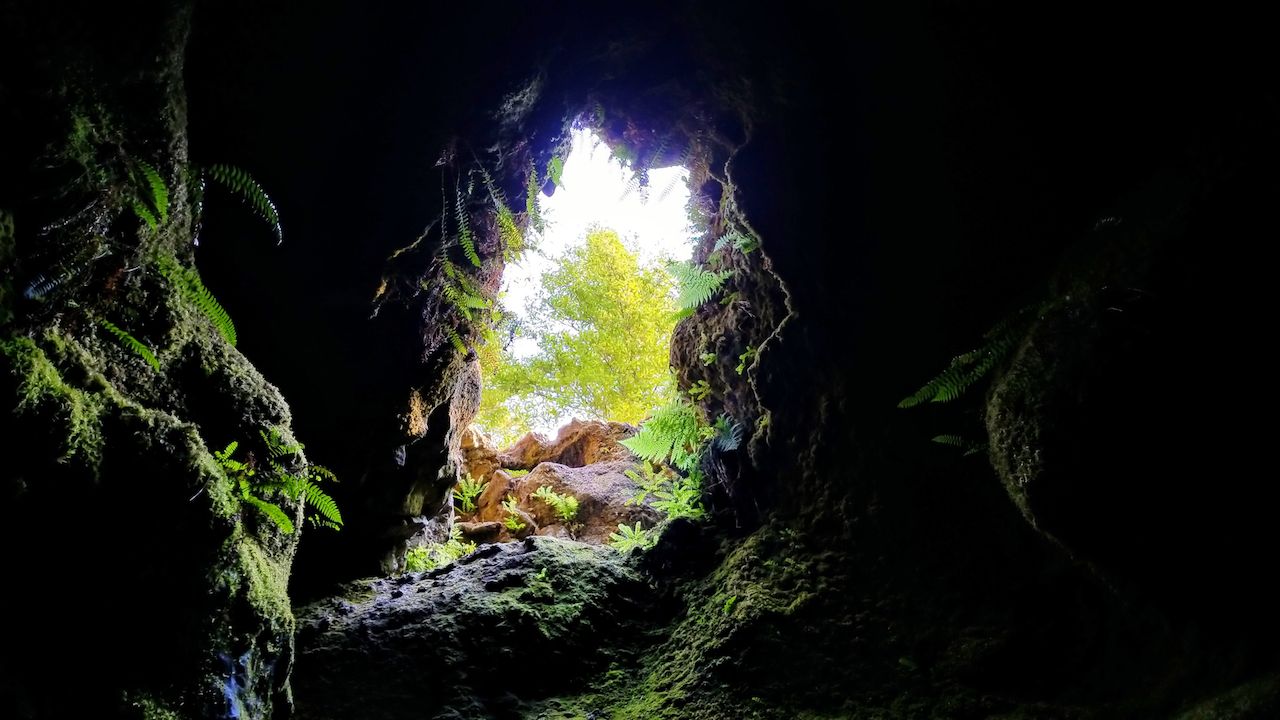Exploring the subterranean underworld has always had an allure for intrepid adventurers. Hiking above ground is one thing, but scrambling, climbing, and crawling through mysterious caverns provide an adrenaline rush unlike any you’ll get where the sun shines.
Whether you’re a caver or spelunker, the US has a huge amount of cave systems for exploring. Grab an extra layer of clothing and flashlights to explore these cold, damp, and dark expanses — the seven coolest caves you can hike through in America.







